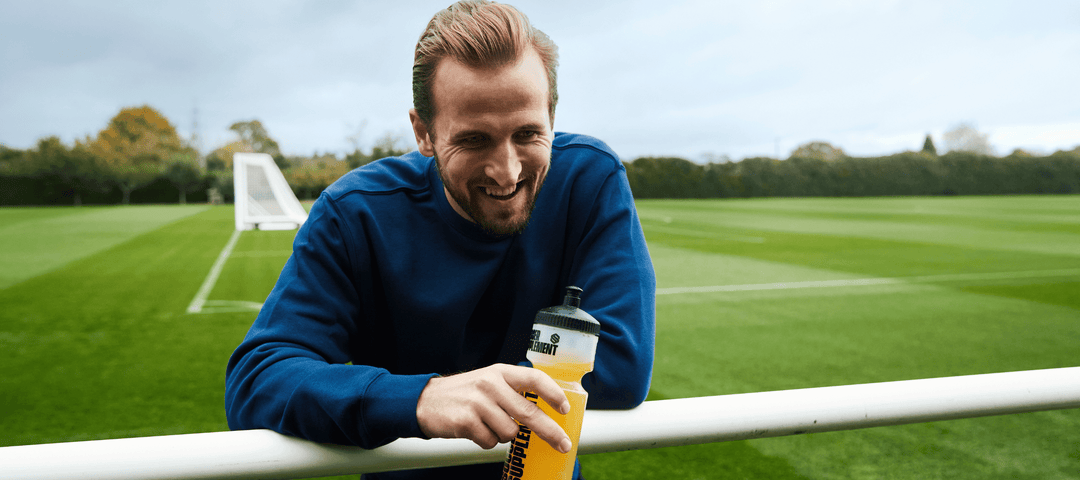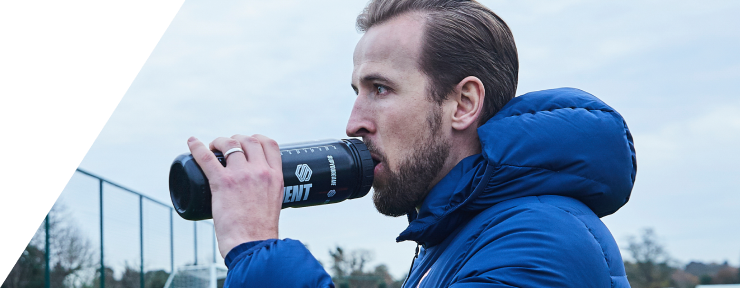After the final whistle is blown, one of the first things we all want to do is scrub away the mud, sweat and missed opportunities.
That’s right, it’s time for a bath. But which tap are you turning? Hot or cold?
There are many arguments for and against both ice and heat therapies. All degrees of the temperature spectrum have their own benefits for your body and, in this article, we explore both ends to determine which is better for footballers seeking effective recovery.
Don’t forget your rubber duck!
Cold Therapy
Let’s start with the one that most people are understandably less keen on – the ice bath. While the thought of dipping yourself into a bath of ice water may have you running for the nearest sauna, cold-water immersion has huge benefits for recovery and is well worth exploring.
When exposed to cold water, the blood vessels on your skin will constrict (known as vasoconstriction). This process restricts blood flow and in turn reduces inflammation, which can prevent swelling and bruising. Perfect if you have been on the end of a few hard tackles.
Cold water can also help alleviate pain, while soothing your skin of post-exercise itchiness. As an added bonus, there is evidence that cold-water immersion can boost the immune system. You only have to read a little about the ‘Iceman’ Wim Hof to understand the true power of cold for immunity.
The only notable negative of cold-water immersion is that it is understood to prevent the growth of new muscle after resistance training. This means that if you are chasing aesthetic goals (i.e., bigger muscles), you may want to avoid the ice bath straight after lifting weights.
But for the majority of footballers who want to reduce inflammation and soreness so that they can recover faster, an ice bath could be the way to go.
How to Take an Ice Bath
To reap the benefits of bathing in cold water, take your bath or shower as soon as possible after your match – ideally within two hours of the final whistle.
When taking a bath, fill the tub with cold water and emerge your body. After you adjust to the temperature (it usually takes a minute or two), it is then time to throw in a couple of bags or buckets of ice.
Congratulations, you have just made an ice bath! Spend no more than ten minutes in the bath, then get out and enjoy the respite of a warm towel.
If you don’t have a bath or bags of ice on hand, then a cold shower can do a similar job. You may need to start your shower off at a lukewarm temperature, before gradually making it colder. Spend a couple of minutes under the ice-cold water and you will eventually get used to it.
What About Heat Therapy?
If cold therapy has so many benefits, where does that leave the classic hot shower? Luckily, there are benefits to justify one.
For example, soaking in a warm bath or a hot shower is a great way to relax the muscles and mind, and is sure to send you off to sleep if you do it an hour or two before bed. Spending some time in hot water can also improve your circulation.
However, hot showers may not prove the most effective course of action immediately after an intense training session or match.
After football your muscles and joints will be inflamed due to the various impacts. Unlike cold temperatures – which will reduce blood flow – heat will increase blood flow and inflammation, which can exacerbate any pain or swelling your body is experiencing.
Therefore, a cold bath or shower is probably the better course of action immediately after football (especially if you have had a game with plenty of knocks and bumps), saving the hot shower for the following day to enhance blood flow and help loosen up any stiff joints or tired muscles.
Recovery is More Than Just a Shower
While the battle of hot vs. cold will continue to run, your post-match shower is just one aspect of an effective recovery routine.
Another important way to kickstart the recovery process is to give your body the nutrients it needs after 90 minutes of running, turning and tackling.
After a match you may have burned around 1,500 calories and lost 1.1 litres of sweat, not to mention exhausting your muscles of glycogen. Long story short, your body is desperate for some refuelling.
Taking in a mix of carbohydrates and protein is optimum. For a convenient all-in-one option to get your body recovering while you look for a balanced meal (a pint and a bag of crisps isn't going to cut it guys), our footballer-focused Recover90 combines protein, carbohydrates and electrolytes to help you repair, refuel and hydrate effectively,
The Bottom Line
Both hot and cold water have potential benefits after exercise, although the results are actually mixed depending on which studies you look at. Some are big advocates for cold therapy, while others will tell you to go for a nice hot shower instead.
As with most things in the world of football and fitness, the best way to truly find what works for you is to experiment.
Try cold showers after football for a week or two, then try the opposite. Note how you feel after both and go from there!






